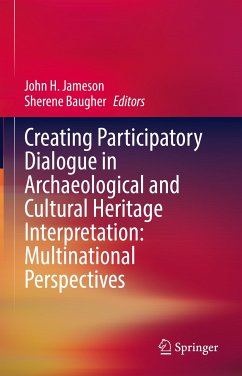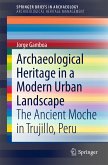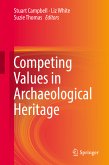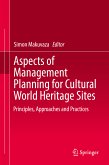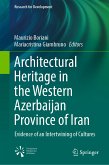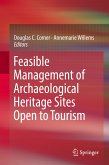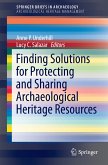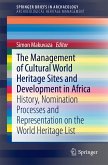The book addresses several central questions: Do these actions represent new emphases, or more fundamental pedagogical shifts, in interpretation? Are they resulting in more effective interpretation in facilitating emotional and intellectual connections and meanings for audiences? Are they revealing silenced histories? Can they contribute to, or help mediate, dialogues among a diversity of cultures? Can they be shared experiences as examples of good practice at national and international levels? What are the interpretation and presentation challenges for the future?
Cultural heritage, as an expression of a diversity of cultures, can be an important mediator between pasts and futures. In the past, people in power from the dominant ethnic, racial, socio-economic, gender, and religious groups determined the heritage message. Minorities were often silenced; their participation in the building and growth of a city, county, or nation's history was overlooked. New philosophical/methodological trends in public interpretation are reshaping the messages delivered at archaeological/cultural heritage sites worldwide. The role of the experts, as well as the participatory engagement of audiences and stakeholders are being redefined and reassessed. This book explores these processes, their results and effects on the future.
Dieser Download kann aus rechtlichen Gründen nur mit Rechnungsadresse in A, B, BG, CY, CZ, D, DK, EW, E, FIN, F, GR, HR, H, IRL, I, LT, L, LR, M, NL, PL, P, R, S, SLO, SK ausgeliefert werden.

